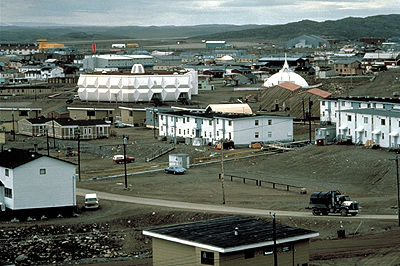Article
1492 Land Back Lane
1492 Land Back Lane refers to the site of a protest in Caledonia, Ontario, in July 2020, where Haudenosaunee protestors – known as land defenders – occupied a housing development they argue stood on unceded Six Nations territory. 1492 Land Back Lane is part of a long-standing issue between the Haudenosaunee, settlers and the government over land rights in Caledonia, dating back to the Haldimand Proclamation of 1784.










